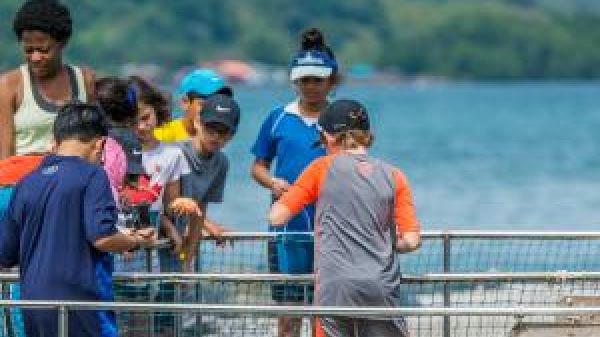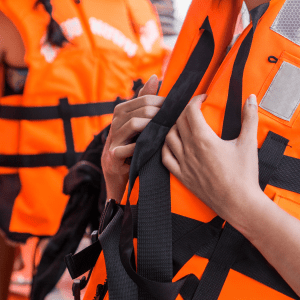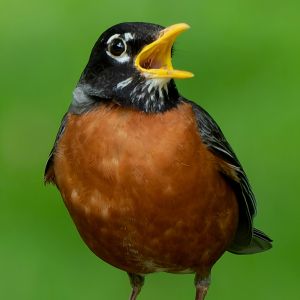Get Outside!

Taking students outside can be a very powerful way to inspire them to learn about environmental issues and develop the attitudes and skills they need to address them. Use the resources below to make the outdoors your very own classroom and learning laboratory through place-based environmental education experiences!
I recommend Journey North because it equips teachers with ready-to-use tools for taking students outside in meaningful, standards-aligned ways. The Teaching Resources section is packed with cross-curricular ideas that make it easy to integrate citizen science into a variety of subjects. As an educator, I especially value the Educator Planning Tools as they offer a wealth of practical, accessible activities that are ready to implement and inspire deeper connections with the natural world.
Guidelines: Action orientation, Depth, Emphasis on skills building, Fairness and accuracy, Instructional soundness, Usability
I recommend GLSI because it transforms traditional education by making learning relevant and impactful, encouraging students to become active participants in their communities. Its emphasis on local engagement and environmental stewardship cultivates a sense of responsibility and connection to place among young learners.
Guidelines: Action orientation, Depth, Emphasis on skills building, Fairness and accuracy, Instructional soundness, Usability
I would recommend becoming a (free) member of the Place Space because it keeps educators informed about what is going on in the world of place-based education. It provides free training for teachers and allows you to become a member of a community where you can feel free to ask any questions or for help.
Guidelines: Action orientation, Depth, Emphasis on skills building, Fairness and accuracy, Instructional soundness, Usability
I recommend SubjectToClimate because it offers high-quality, ready-to-use materials that help me take students outside while exploring real-world climate issues. The lessons are easy to adapt for outdoor settings—whether we're collecting data on schoolyard temperatures, observing local ecosystems, or analyzing how climate impacts our own community. I especially appreciate how the platform makes climate education hands-on and locally relevant, giving students a chance to learn through direct experience.
Guidelines: Action orientation, Depth, Emphasis on skills building, Fairness and accuracy, Instructional soundness, Usability
Robin makes environmental education more inclusive by transforming outdoor spaces into accessible, sound-based classrooms. It empowers all learners, especially those with disabilities or limited resources, to connect with nature through place-based, inquiry-driven learning. I use the Robin app during our quiet journaling time outside. I love it because I don’t have to be an expert but this allows students to ask me about the bird they are hearing and we can use the app together.
Guidelines: Action orientation, Depth, Emphasis on skills building, Fairness and accuracy, Instructional soundness, Usability
I recommend The Nature Journal Connection because it empowers teachers with accessible, high-quality materials to be able to get their students outside. Nature journaling is engaging, interdisciplinary and is great if you have a class period or ten minutes.
Guidelines: Action orientation, Depth, Instructional soundness, Usability
Whether you are a formal or non-formal educator, if you are looking to get the most out of an EE field experience the Learning Expedition Toolkit provides guidance for planning an instructive and memorable outing that incorporates best practices of outdoor education. The toolkit is presented in a way that learners can be tasked with much of the planning and take on a leadership role while in the field and on-campus.
Guidelines: Action orientation, Emphasis on skills building, Usability








